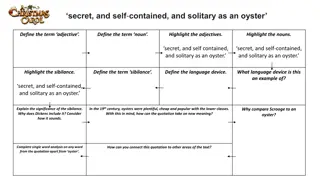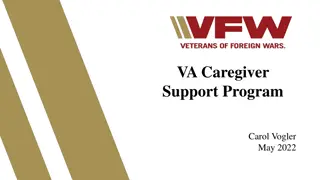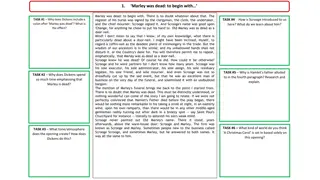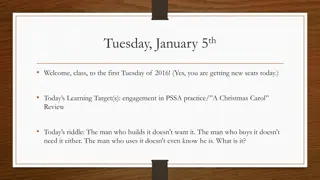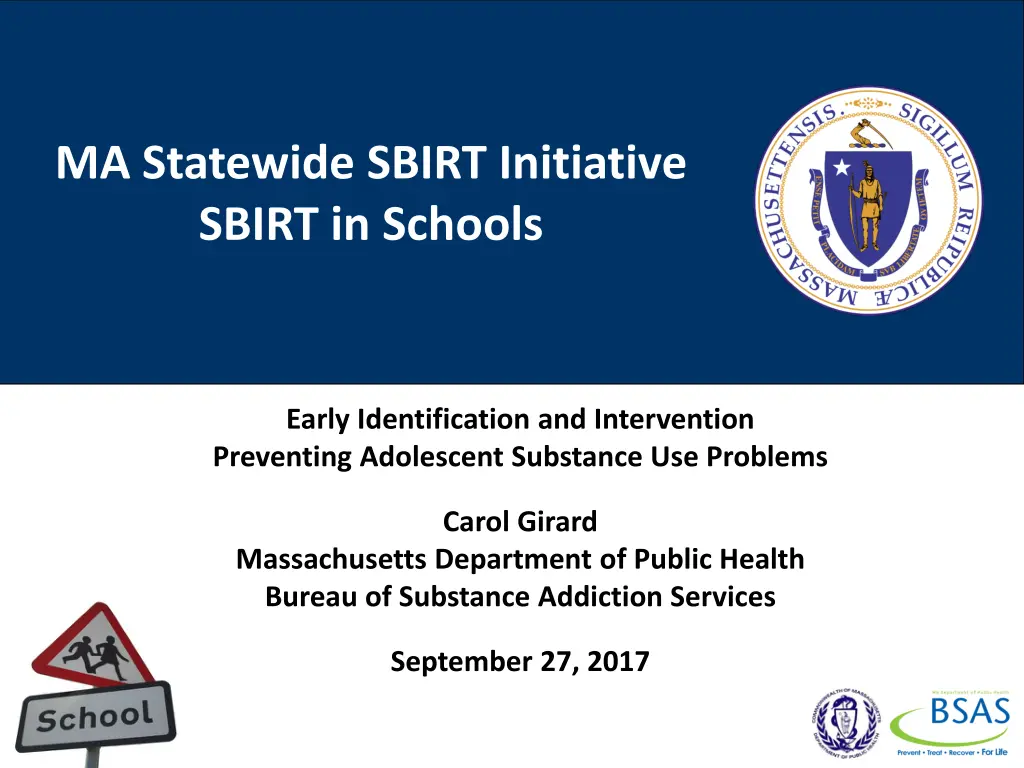
Early Identification for Adolescent Substance Use Problems
Learn about the MA Statewide SBIRT Initiative in schools, focusing on early identification and intervention to prevent adolescent substance use problems. The initiative includes pilot programs, screenings, and mandates for annual screenings at multiple grade levels. Confidentiality and consent rules apply.
Download Presentation

Please find below an Image/Link to download the presentation.
The content on the website is provided AS IS for your information and personal use only. It may not be sold, licensed, or shared on other websites without obtaining consent from the author. If you encounter any issues during the download, it is possible that the publisher has removed the file from their server.
You are allowed to download the files provided on this website for personal or commercial use, subject to the condition that they are used lawfully. All files are the property of their respective owners.
The content on the website is provided AS IS for your information and personal use only. It may not be sold, licensed, or shared on other websites without obtaining consent from the author.
E N D
Presentation Transcript
MA Statewide SBIRT Initiative SBIRT in Schools Early Identification and Intervention Preventing Adolescent Substance Use Problems Carol Girard Massachusetts Department of Public Health Bureau of Substance Addiction Services September 27, 2017
SBIRT efforts in MA before Mandate 2003/2006 - SBI part of Interagency Council on Substance Abuse Treatment and Prevention s Strategic Plan 2006-2007 - MA law: Mental Health EPSDT/Medicaid CRAFFT one of approved tools led to CRAFFT Toolkit 2006-2012 SAMHSA-funded MASBIRT project included 6 pediatric clinics BSAS-funded trainings of 32 School Based Health Center Nurse Practitioners BSAS-funded ED SBIRT & CHC SBI (each included pediatrics) 2012 - Present - BSAS-funded MASBIRT TTA Adolescent provider efforts throughout 2015 New Adolescent toolkit for providers
SBIRT in Schools Pilots DPH School Health Services and Bureau of Substance Addiction Services 2011 Discussions, consultations 2012-13 School year - 3 pilots from statewide meeting 6/2014 Hilton Foundation advocacy grant to Children s Mental Health Campaign (Addiction Free Futures) under the MA Society for the Prevention of Cruelty to Children funded through Community Catalyst 2015-16 10 pilot schools screening youth in one grade Pilots included School meetings Implementation planning and team building Team trainings at each school Boosters with each school team before screening De-Brief and nurse responses
Mandate Highlights Summary Annual screenings at 2 grade levels -- each city, town, regional school district, charter school or vocational school district must screen pupils for SUDs; Pupil or parent/guardian may opt out at any time; Schools must Notify parents or guardians prior to the start of the school year; Use only approved verbal screening tools (CRAFFT II); Report de-identified results to DPH not later than 90 days after screening completion; Complete and report on required substance use disorder screenings by the 2017-2018 school year. Any statement, response or disclosure made by a pupil during a verbal substance use disorder screening shall be considered confidential information and shall not be disclosed by a person receiving the statement, response or disclosure to any other person without the prior written consent of the pupil, parent or guardian, except in cases of immediate medical emergency or a disclosure is otherwise required by state law. Consent must be documented on a DPH approved form; not subject to discovery or subpoena in any civil, criminal, legislative or administrative proceeding. No record of any statement, response or disclosure shall be made in any form, written, electronic or otherwise, that includes information identifying the pupil.
Lessons Learned: An existing infrastructure has been critical Planning team Curriculum Experienced trainers Nurse champions Voices from the field Web presence with printable forms and other materials, videos and links to materials for youth, parents and teams Existing registration processes for school nurse trainings/meetings Aggregate data collection processes in place
Lessons Learned: Be flexible within your parameters Updated training content and materials Curriculum to conform to mandate No longer small school teams; individuals Promote team approach; must rely on teams to form later Required SBIRT 1 and added optional Essentials Added contracted (MI) trainers & coordination staff Created more paper, web, video materials (still in process) Revised aggregate data collection tools - variables may change or be added making consistent reporting a bit more difficult Continue to respond to school nurses, counselors, administrators, parents, community coalitions, DAs, national inquiries, media (through our Department), vendors, and others.
Lessons Learned: Funding is critical Jan 2016 - Pre-mandate supplemental funding Used for school planning grants through an application process 104 districts participated - one middle or high school from each (5 funded by DAs) 7/16 - 6/18 Two full years of funding 6/18 No further funding anticipated In-kind DPH staff time (extensive still) and resources from 2 DPH Bureaus throughout
Funding pays for: Regional Training Sites to accommodate large numbers Statewide travel costs Contract Trainers, schedulers, coordination, CNE's, CEUs Form development and translations into 12+ languages Coordination of local Essentials trainings - very time consuming Web presence: More videos and written materials Reprinting of youth and parent prevention materials; contribution for material fulfillment vendor services Development of evergreen materials On line training modules for large numbers of new staff each year starting next school year
Caveats Time: Over 2 years needed to train staff from 344 school districts & ramp up for normalized future annual screenings Knowledge of school operations and school nurse responsibilities is necessary Our Director of School Health Services Nurses/counselors have different roles cultures, and concerns Schools need to know about local treatment resources and have a central number to call for consultation School staff will also learn about other issues in students lives Additional agencies, bureaus, groups and vendors may add more complexity - along with resources and ideas
Caveats Communicate early and often Town and state politics: Be prepared to report regularly on training progress Open part of training to administrators Athletics: Coaches may want screening results to cut AOD users from teams Media: Information may be misrepresented/misunderstood (e.g. drug testing) All need to deliver clear, consistent messages Other people/groups may try to join you in the schools Continue to expect changes and new requests
We are still ramping up No data till next summer/fall Not sure how aggregate data will be presented
For further information Carol.D.Girard@state.ma.us MASBIRT Training and Technical Assistance www.masbirt.org/schools School Health Institute for Education and Leadership Development http://bucme.org/node/1045









